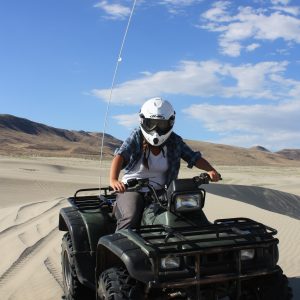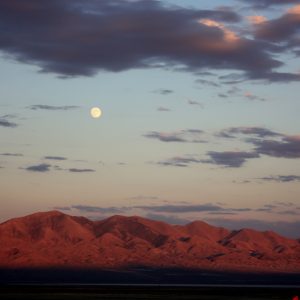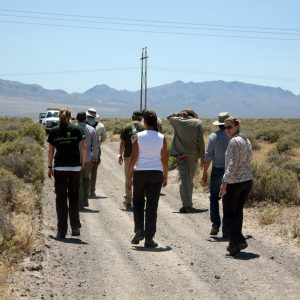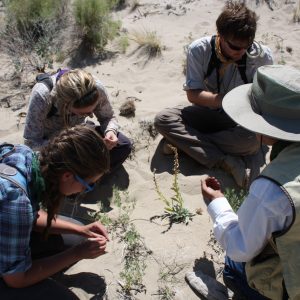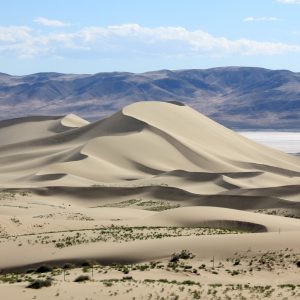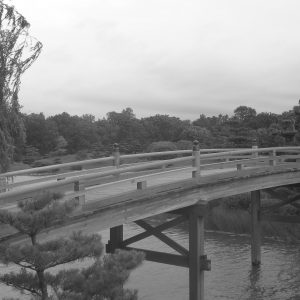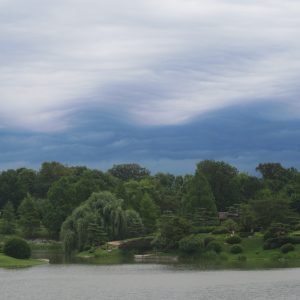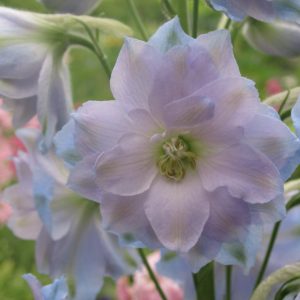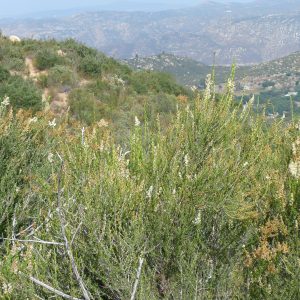My time spent in Nevada has been divided by many different activities. Each week doing field work includes new adventures and learning experiences. I’ve spent a lot of time collecting native seed, monitoring field sites, engaging in fire rehabilitation projects, enjoying time working with the other interns in my group, and learning invaluable lessons from my mentor.
When monitoring a field site we are usually looking for species of concern or special status species as well as documenting all the species found at the site. We collect data that helps us determine the density and frequency that a plant species can be found occupying the area. We also test the soil in the area to get an idea of its properties and stability. Lately we’ve been monitoring sites that have suffered from fires and have been either seeded with natives or have been left to regenerate plant life on their own according to natural processes of dispersal and the fight against competition for resources.
When we’re not busy collecting seed or data, or after a long day of work it’s always rewarding to take a minute and break away from the routine and take a look around and absorb the natural beauty of the lands I’ve had the opportunity to work in. It becomes hard to be overwhelmed with the stresses of life, work, missing home and loved ones, or whatever the case my be when you stop and chew on the idea that I’m extremely lucky to be getting paid to do work I truly enjoy in an area most people will never get to visit.

